For seasoned distance runners seeking to improve their 10K running performance, incorporating strength training exercises into your routine could be the game-changer you need. While pounding the pavement is crucial, adding specific strength workouts, including core training, can significantly enhance your running economy and reduce injury risk.
In this guide, we’ll explore five essential strength training exercises that target key muscle groups, such as the core, lower body, and upper body, to help you achieve a faster pace and better running efficiency. Designed with fitness enthusiasts in mind, these exercises can be easily performed at home, empowering you to strengthen your body and enhance your athletic performance. Dive in and discover how these workouts can elevate your 10K training to new heights.
Key Takeaways
- Boost endurance with targeted strength: These exercises focus on building muscle endurance, helping distance runners maintain speed and stamina throughout a 10K race.
- Strengthen key muscles for better running: By targeting the glutes, hamstrings, and core, this program improves running form and efficiency, leading to faster race times.
- Prevent fatigue and injury: Incorporating strength training into your routine reduces the risk of injury and delays muscle fatigue, allowing you to perform stronger in the final miles of your 10K.
Do long-distance runners do strength training?
Absolutely. Strength training plays a pivotal role in enhancing running performance and reducing the risk of injuries. It helps in building muscle mass, improving neuromuscular coordination, and increasing muscle endurance, all of which are crucial for sustaining long distances at a faster pace.
Here are more reasons why distance runners should consider doing both running and strength training:
Injury Prevention: Strength training helps strengthen muscles and connective tissues, reducing the risk of injuries that are common among runners, such as shin splints, IT band syndrome, and stress fractures. By strengthening muscles around joints and improving overall stability, runners can better withstand the repetitive impact of running.
Improved Running Economy: Building strength in key muscle groups, such as the quadriceps, hamstrings, glutes, and core, can enhance running economy. This means that runners can maintain a faster pace with less energy expenditure, ultimately improving their overall performance.
Muscle Balance and Symmetry: Running primarily engages certain muscle groups while neglecting others. Incorporating strength training helps address muscle imbalances, which can improve biomechanics and reduce the risk of overuse injuries. By strengthening weaker muscles, runners can achieve better overall symmetry and efficiency in their movement patterns.
Increased Power and Speed: Strength training can improve muscle power, allowing runners to generate more force with each stride. This can translate to faster running speeds and improved performance, particularly during sprints, hill climbs, and finishing kicks.
Enhanced Endurance: While endurance training primarily focuses on aerobic capacity, incorporating resistance training can improve muscular endurance and overall performance. High-intensity resistance training enhances muscle power and strength, enabling runners to maintain proper form and performance over long distances. Stronger muscles are better able to withstand fatigue and maintain efficient movement mechanics throughout a race.
Should distance runners lift weights?
Yes, distance runners can greatly benefit from incorporating weight training into their fitness routines. While running itself is essential for building cardiovascular endurance and stamina, strength training offers a host of advantages that can complement and enhance performance.
Ideally, distance runners should incorporate strength training into their routines at least twice a week. This frequency allows for adequate recovery while ensuring consistent progress in building strength and power. Specifically, heavy weight training focuses on strength development, which can enhance performance in distance running by training nearly all muscle fibers for better force production and improving muscle power and running economy.
How should runners incorporate strength training into their workouts?
Running training should focus on balancing different types of workouts, including exercises that target the lower body, core, and upper body to maintain balance and prevent muscle imbalances. Incorporating a variety of compound exercises, along with targeted isolation exercises, can help strengthen specific muscle groups essential for running.
What weight training exercise would best suit a long-distance runner?
For long-distance runners, exercises that target the posterior chain muscles are particularly beneficial. These muscles, including the hamstrings, glutes, and lower back, play a critical role in running economy and overall performance.
Now, let's dive into the five strength training exercises recommended by a seasoned physical therapist with marathon credentials and a Boston qualifier:
Nordic Curls
Starting Position: Kneel on a padded surface with your feet secured under a stable object or a . Keep your torso upright.
Execution: Slowly lower your torso towards the ground while maintaining control, using your hamstrings to resist the descent. Engage your core throughout the movement. Perform 2 sets of 3 reps, and make sure you descend slowly, taking 4-6 seconds in every rep. Take 90 seconds of rest between sets.
Benefits: Nordic curls target the hamstrings and glutes, enhancing muscle endurance and strength, crucial for powering through long-distance runs.
Leg Extension
Starting Position: Put your Omnistrap on your foot with a dumbbell and secure the strap tightly. Sit on a chair with your knees bent at a 90-degree angle and your ankles secured under the padded bar.
Execution: Extend your legs fully, lifting the weighted foot until your legs are straight. Lower the weight with control. You can do this exercise with an OmniStrap or a resistance band. Perform 2 sets of 8-12 reps. Take 90 seconds of rest between sets.
Benefits: Leg extensions isolate the quadriceps, strengthening these muscles to improve running efficiency and power during uphill climbs and sprints.
Back Extension
Starting Position: Secure your feet with the Nordstick. Lie face down with your thighs resting against a yoga ball.
Execution: Engage your lower back muscles by lowering your upper body, then go back up until your body forms a straight line with your legs. Lower back down with control. Perform 2 sets of 3 reps, and make sure you descend slowly, taking 4-6 seconds in every rep. Take 90 seconds of rest between sets.
Benefits: Back extensions target the erector spinae muscles, enhancing spinal stability and reducing the risk of lower back injuries, common among distance runners.
Hip Thrusts
Starting Position: Secure the Nordstick behind your heels, and lie face up with your upper back resting on a yoga ball.
Execution: Drive through your heels to lift your hips towards the ceiling until your body forms a straight line from your shoulders to your knees. Squeeze your glutes at the top, then lower back down. Perform 2 sets of 8-12 reps. Take 90 seconds of rest between sets.
Benefits: Hip thrusts target the glutes and hamstrings, improving hip extension power and running speed.
Prone Hamstring Curls
Starting Position: Secure your Omnibands (or resistance bands) on the lower part of your door, wrap the other end around your heels, and lie face down on the floor.
Execution: Pull your feet to your butt, keeping tension on the resistance band. Slowly extend your legs back to the starting position.
Benefits: Resistance band hamstring curls target the hamstrings, strengthening these muscles to improve running stride length and reduce the risk of hamstring injuries.
Incorporating these strength training exercises into your routine can significantly enhance your 10K performance by improving muscle strength, endurance, and overall running economy. Remember to focus on proper form and gradually increase the intensity and volume of your workouts to continue progressing.
Let's Prepare for Your Next 10K
As you elevate your running performance, consider trying our 10K Success program. This comprehensive 8-week program combines strength training with running intervals to help you achieve your goals. Best of all, it's available for FREE! Strengthen your muscles, boost your endurance, and conquer your next 10K with confidence.
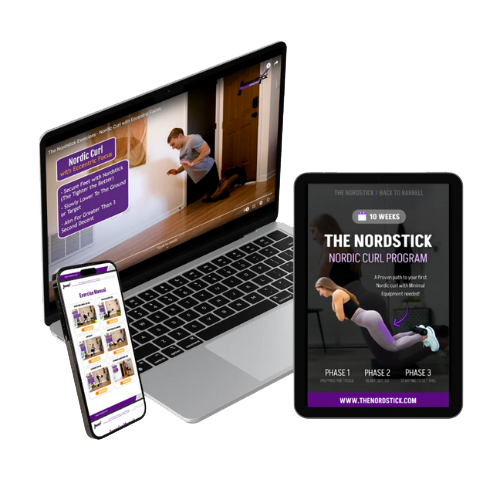


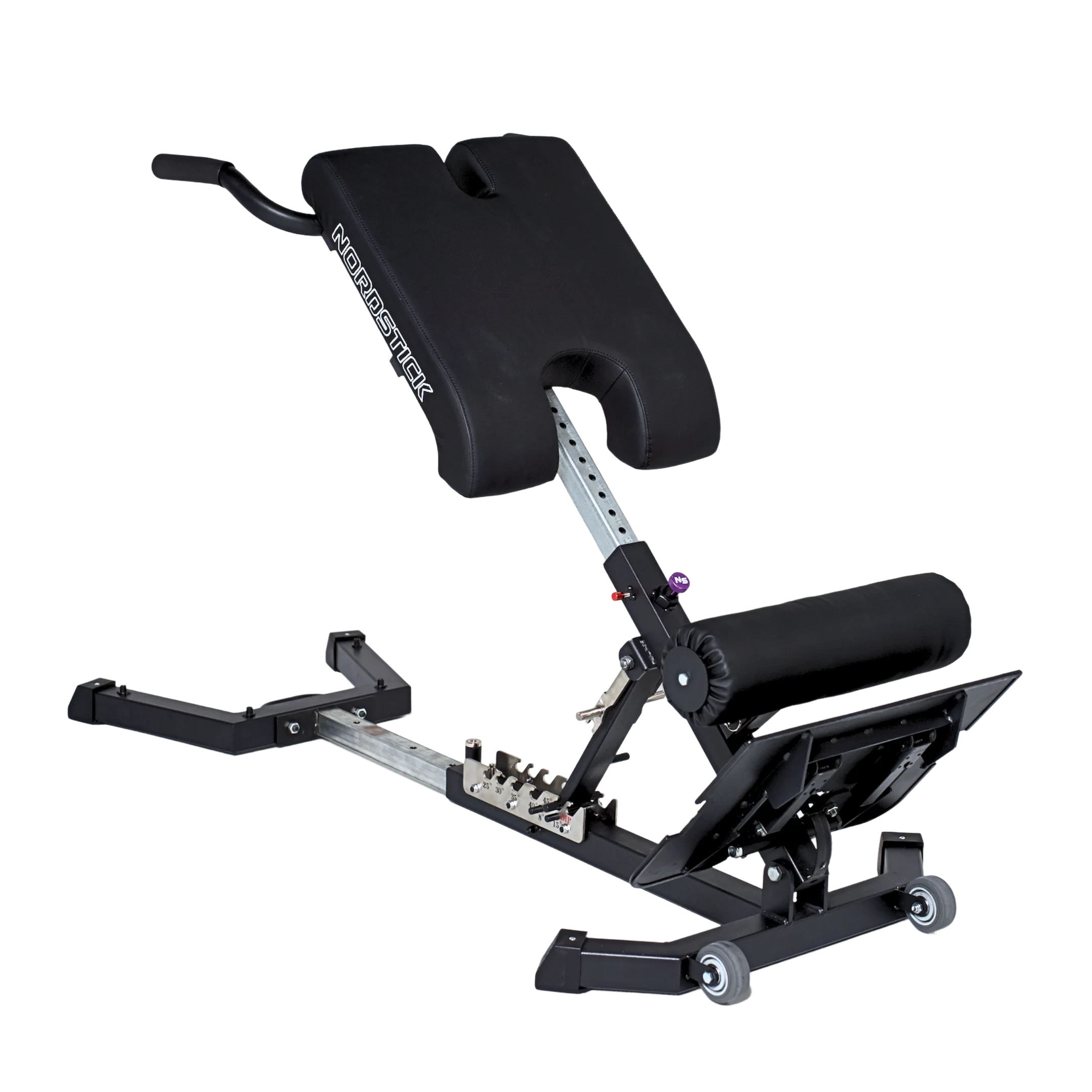
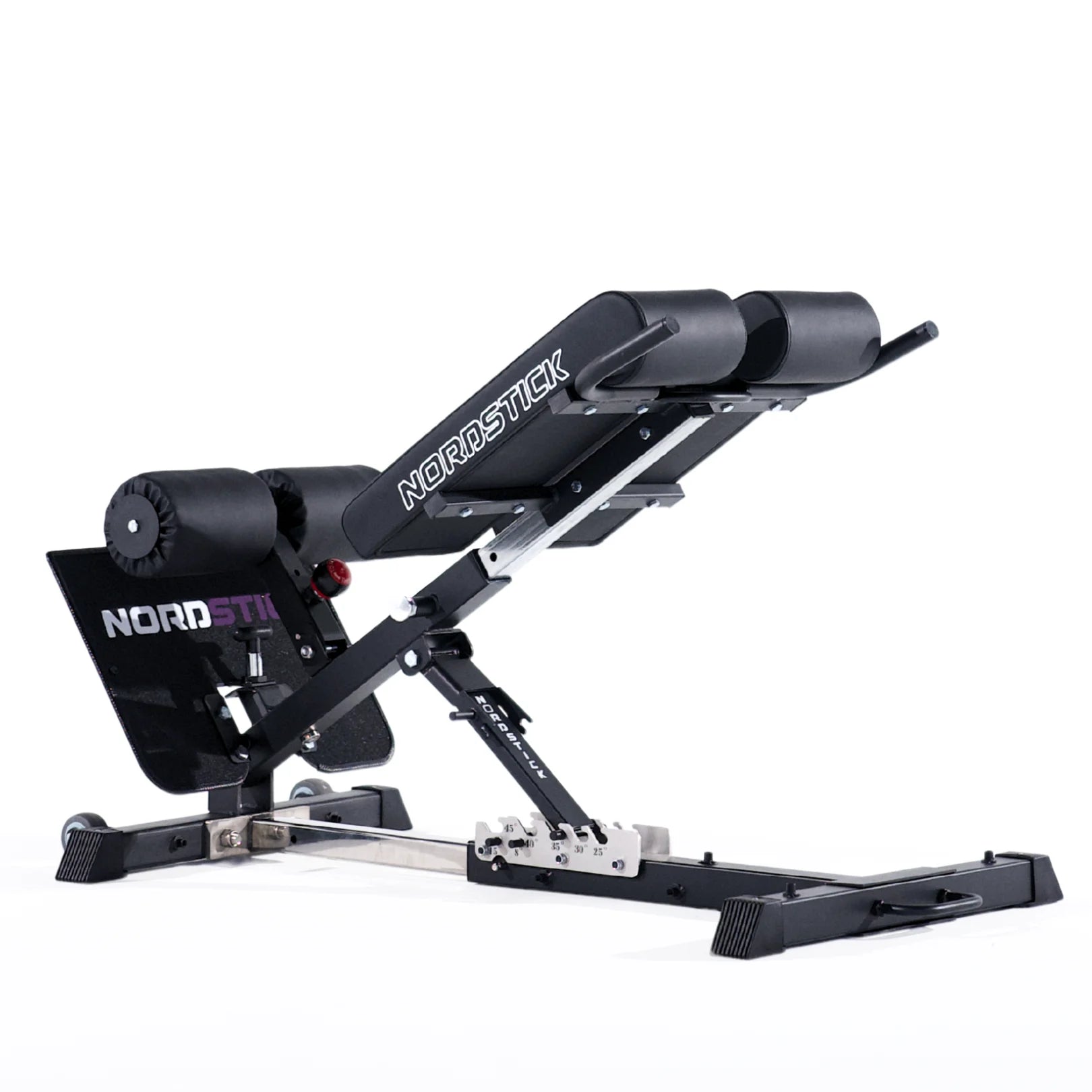





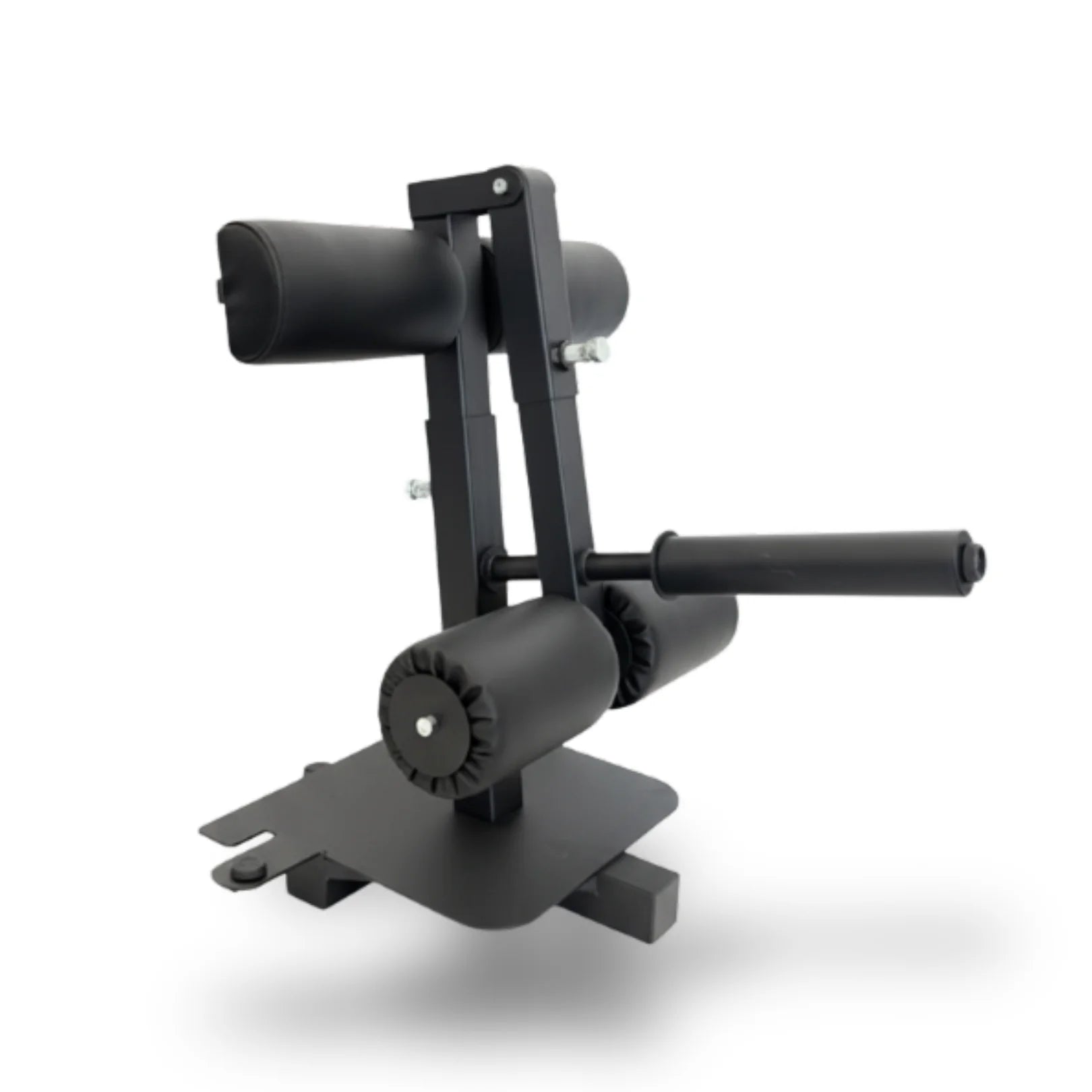
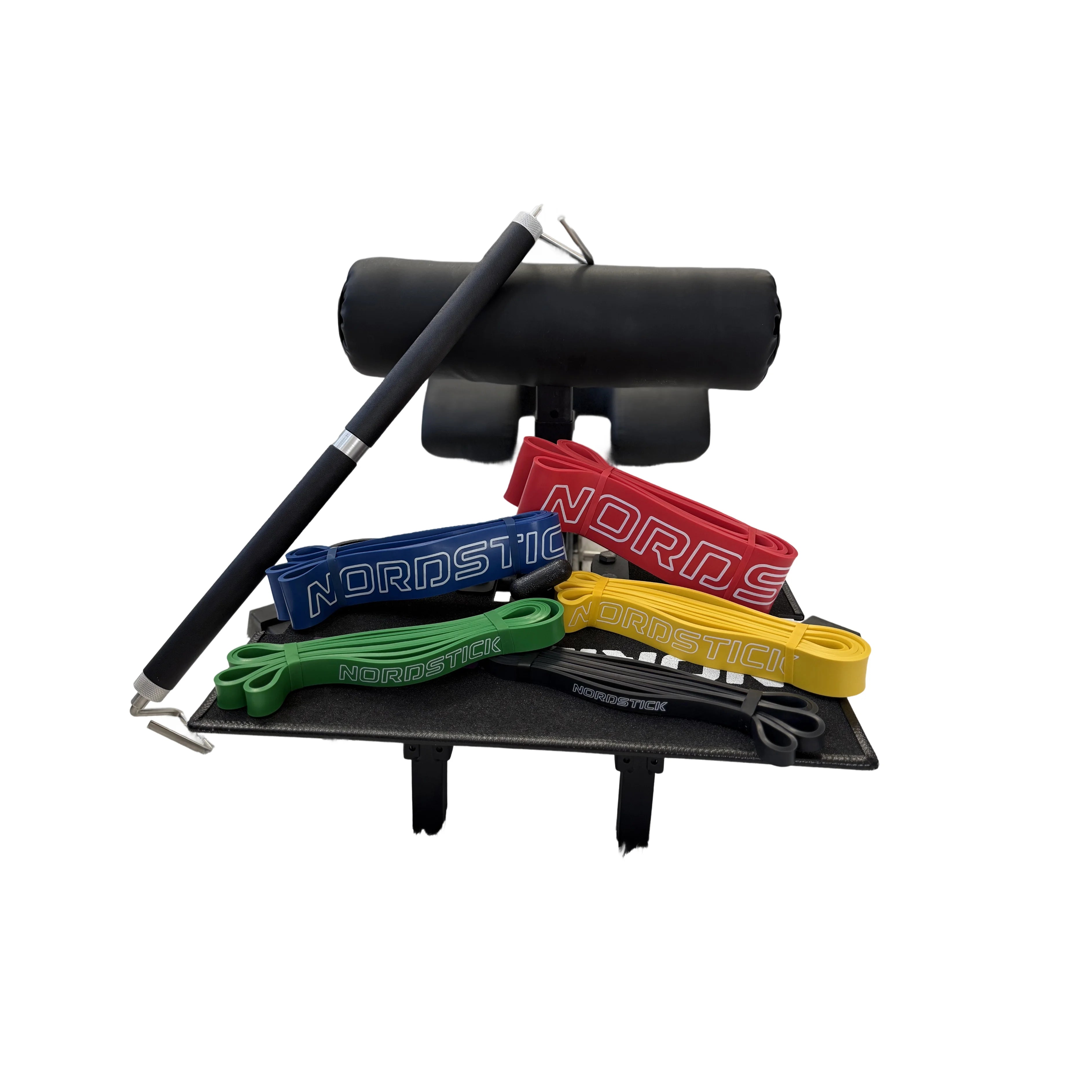
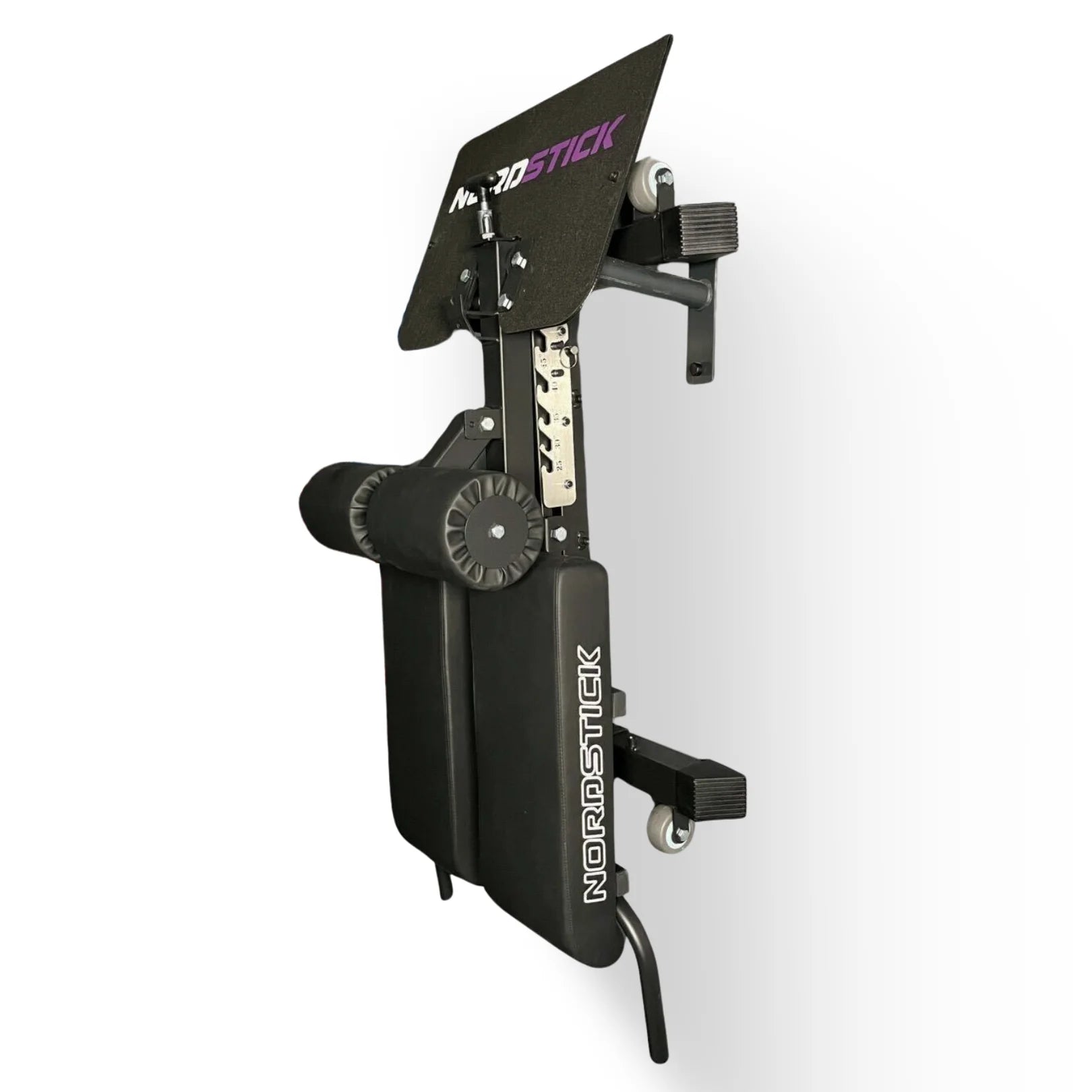
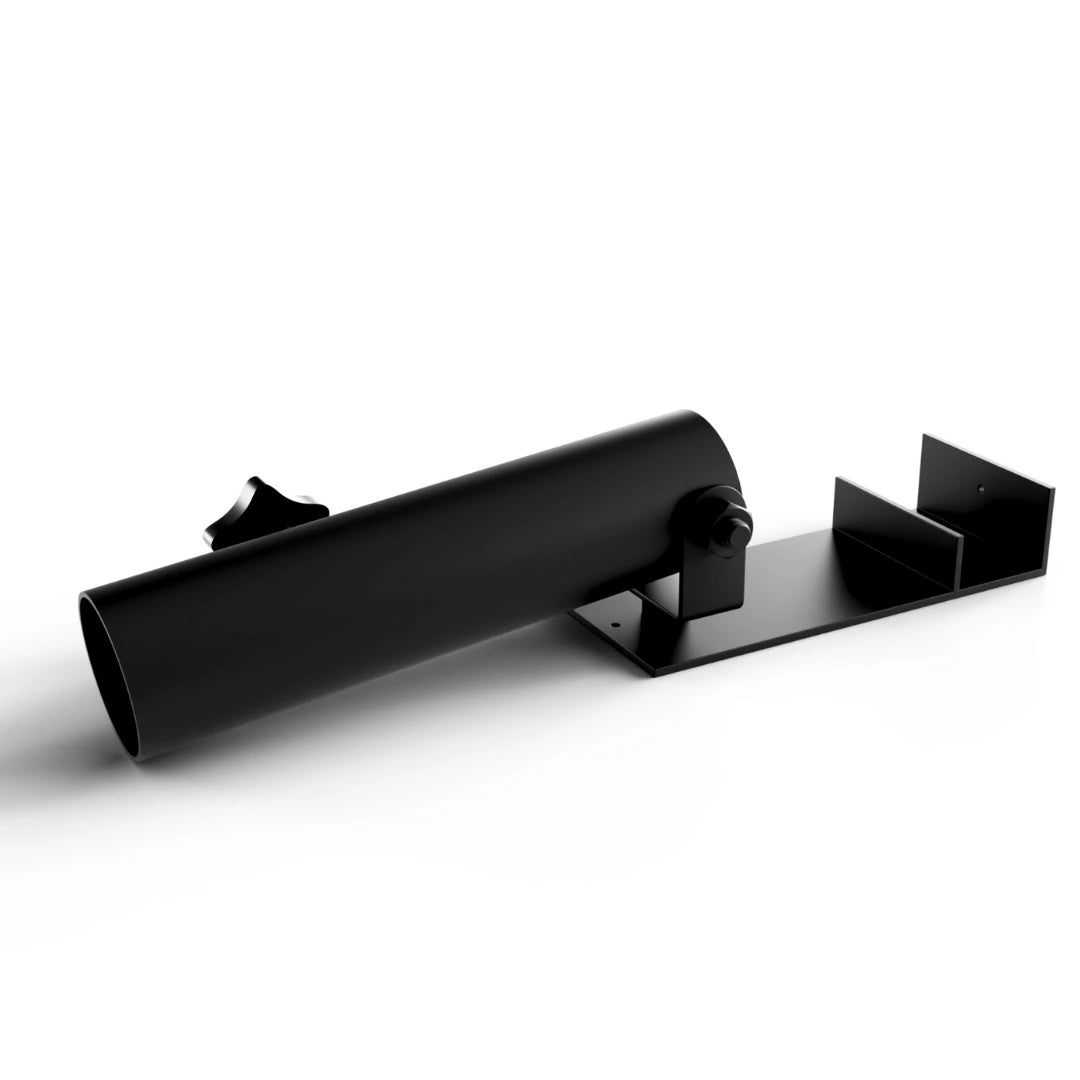
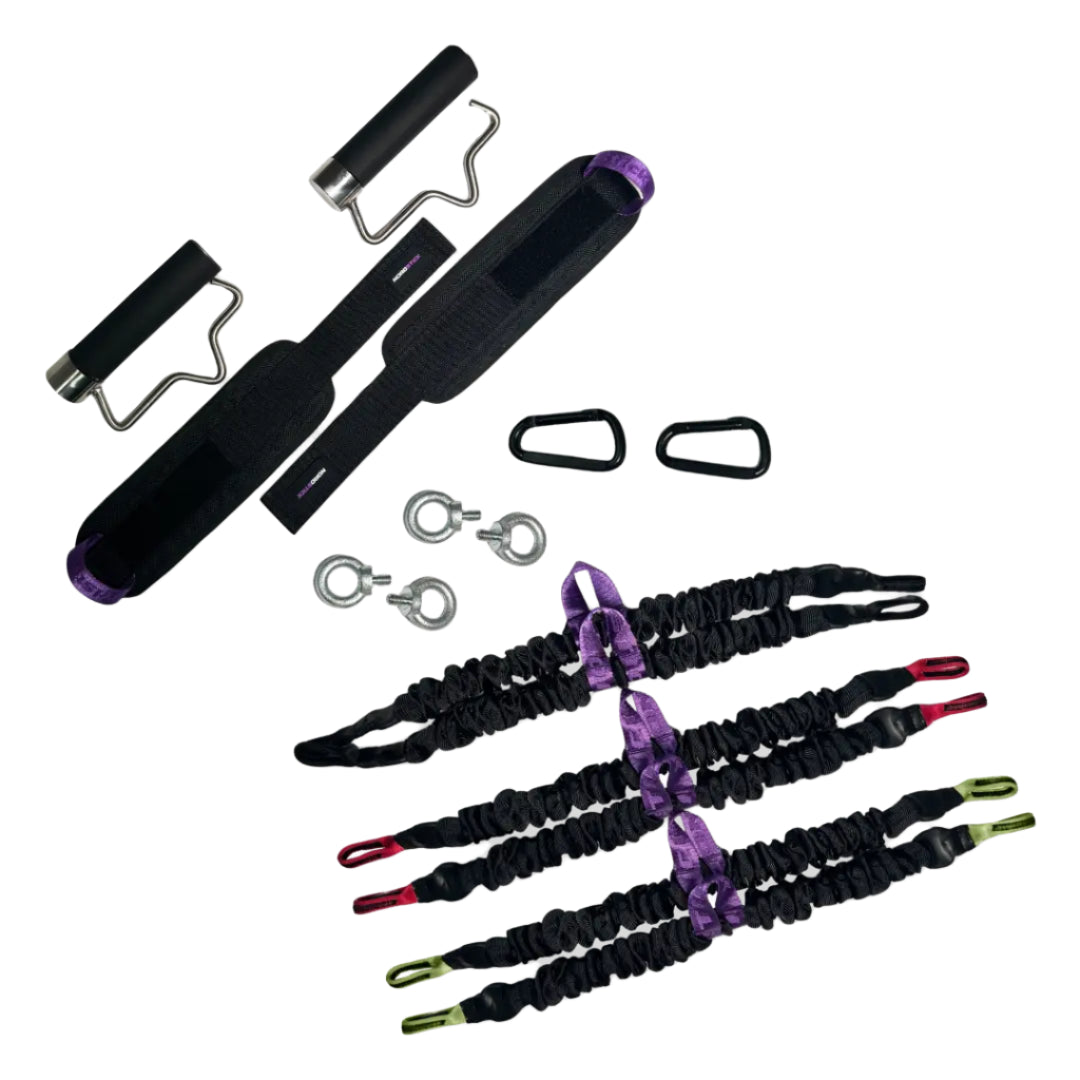
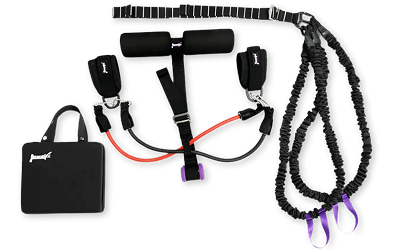
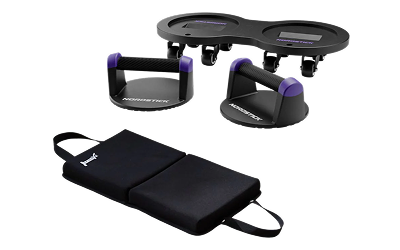
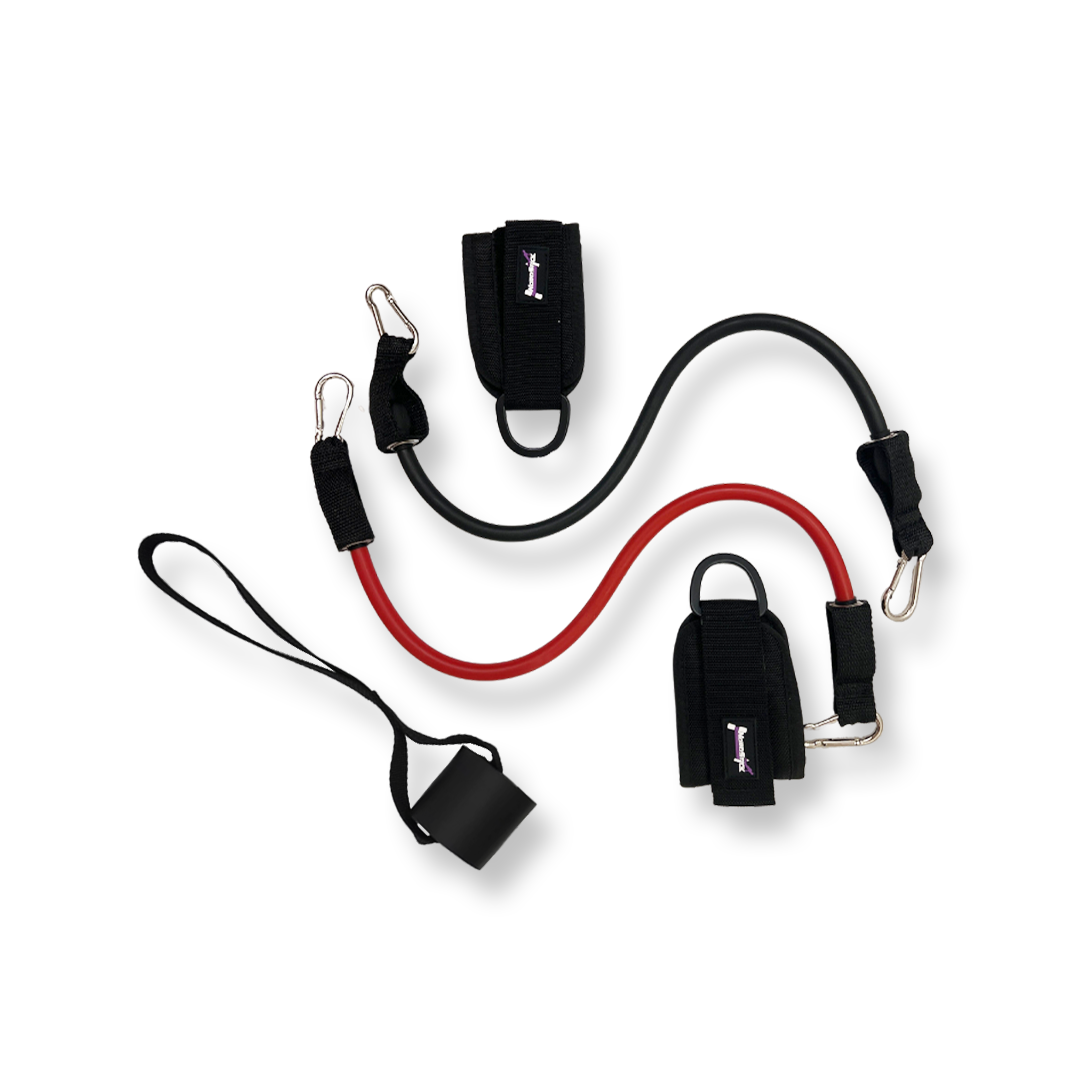
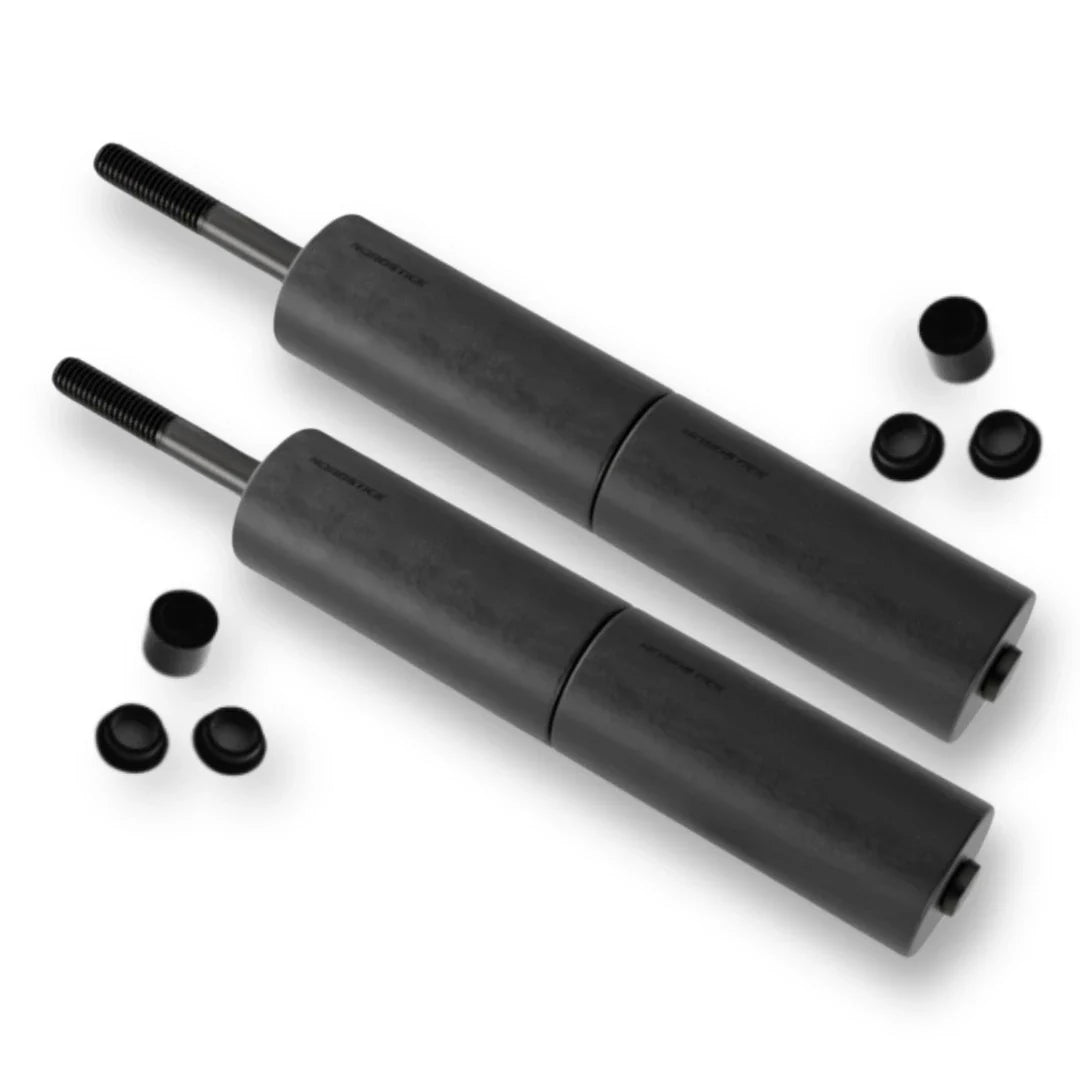
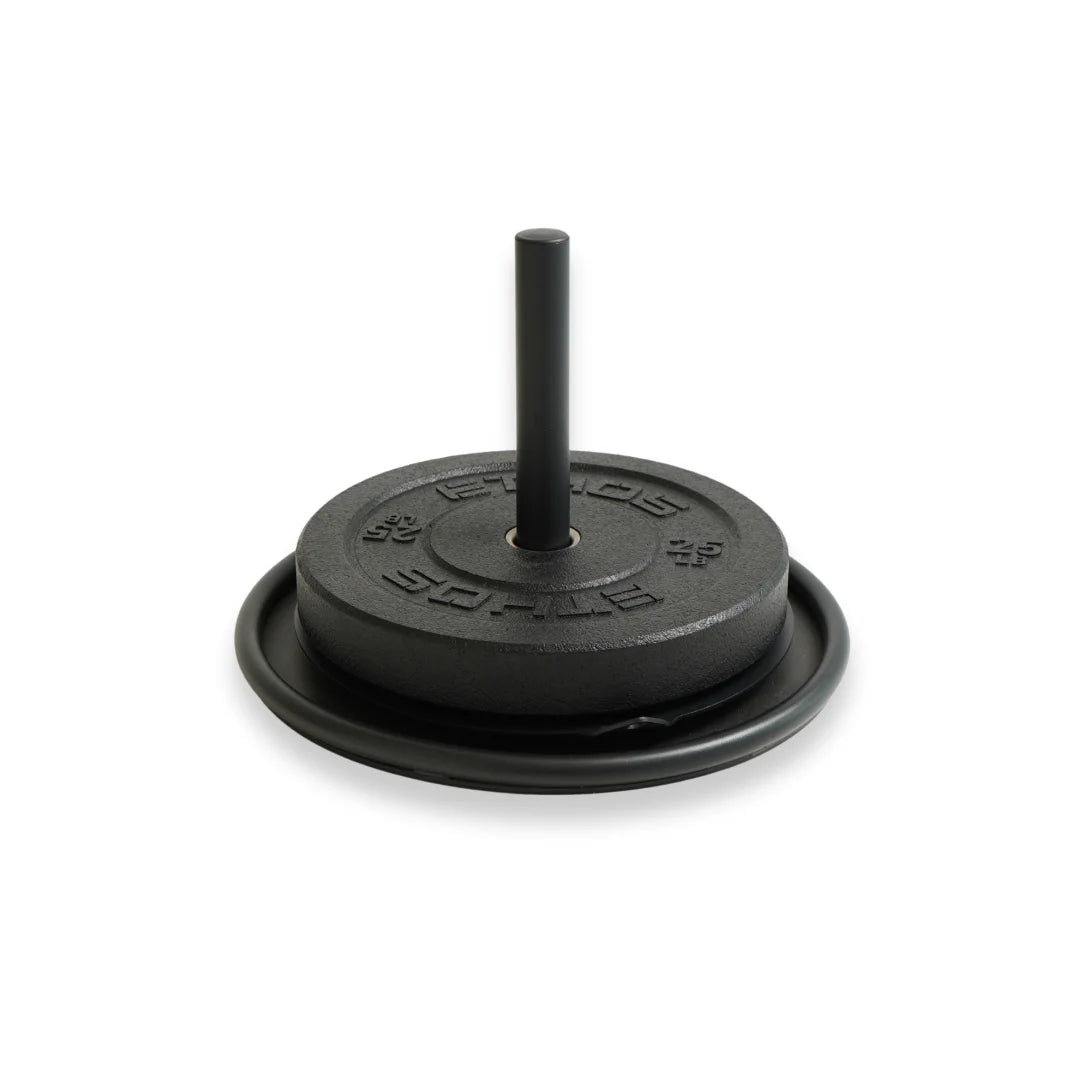
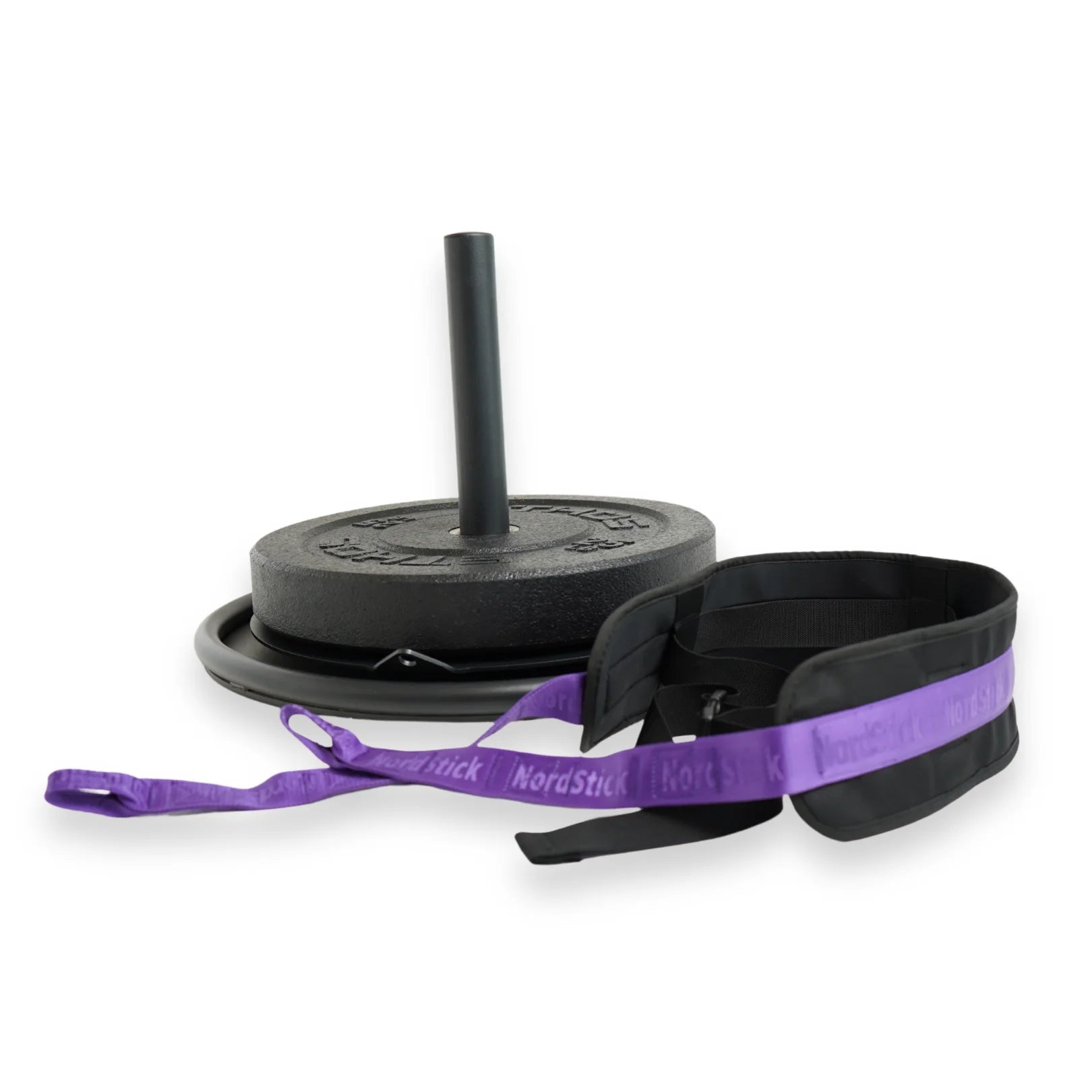
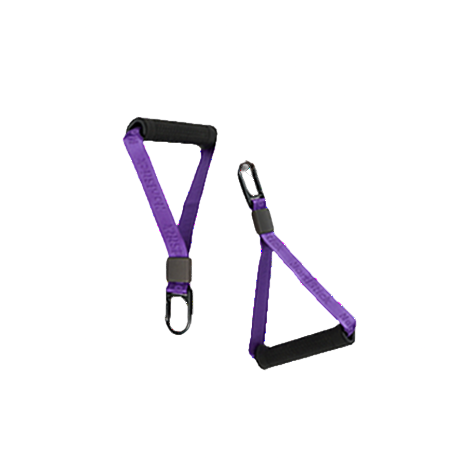

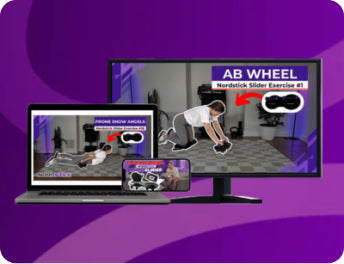


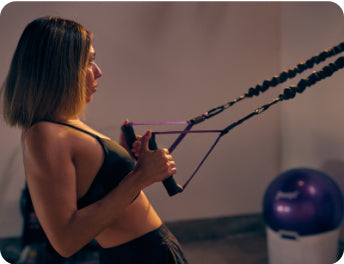


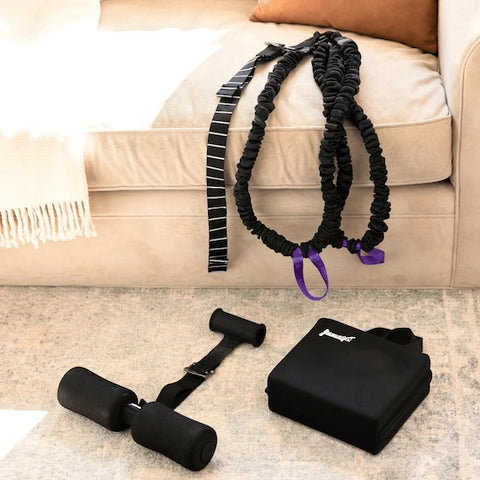


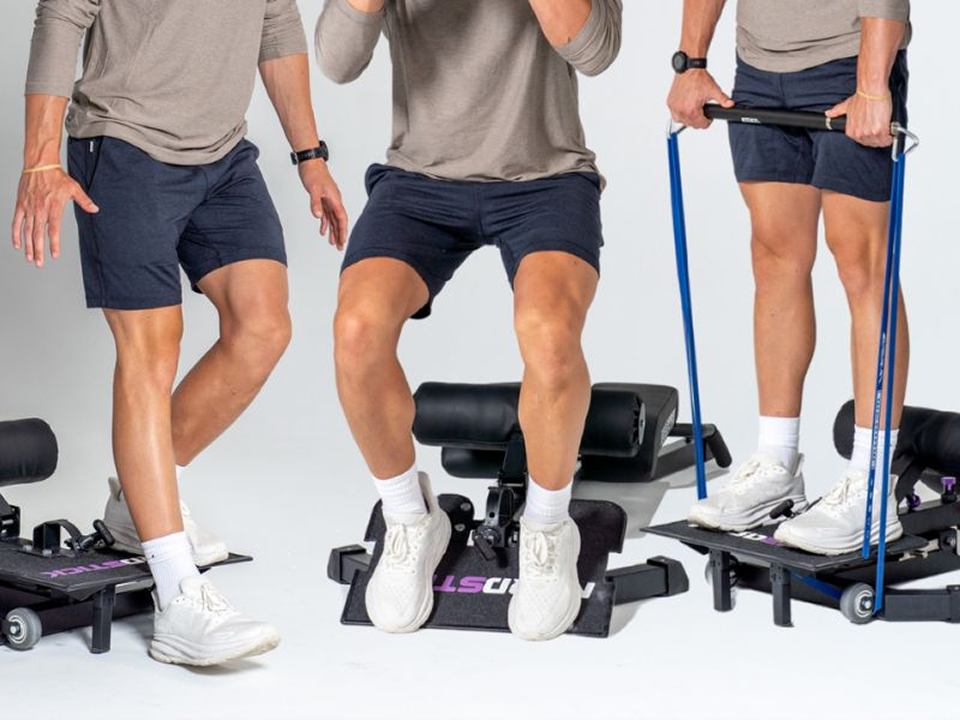
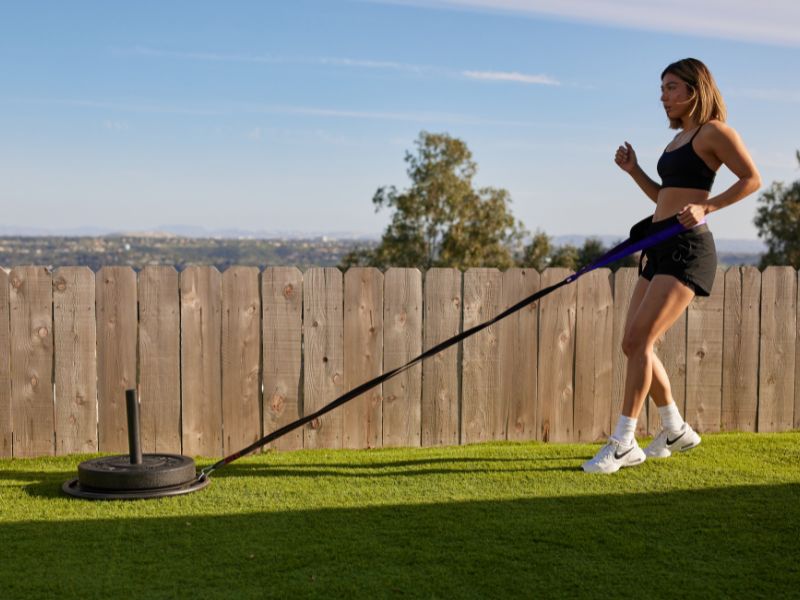



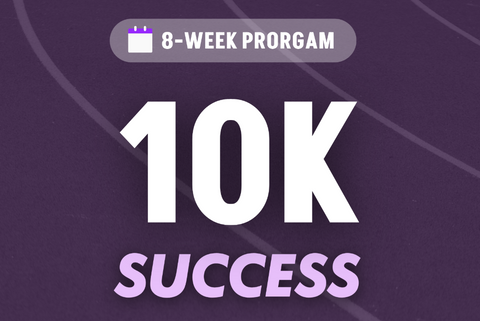
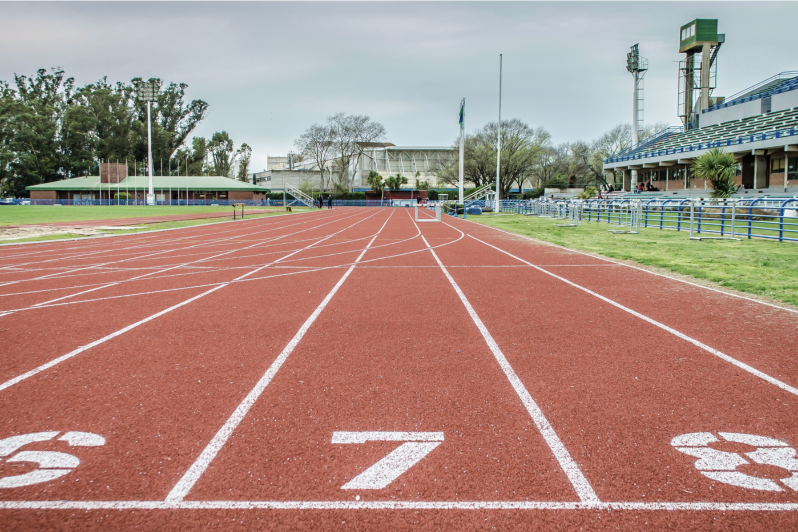
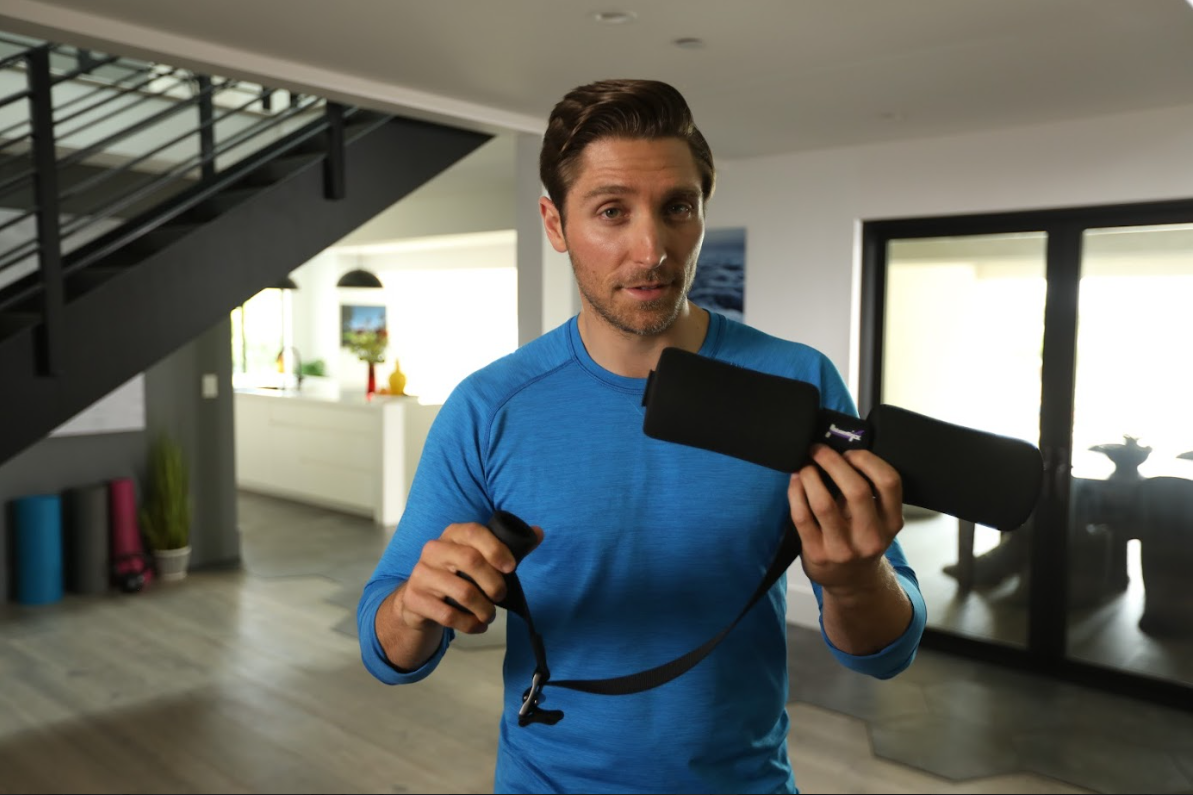



Leave a comment
This site is protected by hCaptcha and the hCaptcha Privacy Policy and Terms of Service apply.